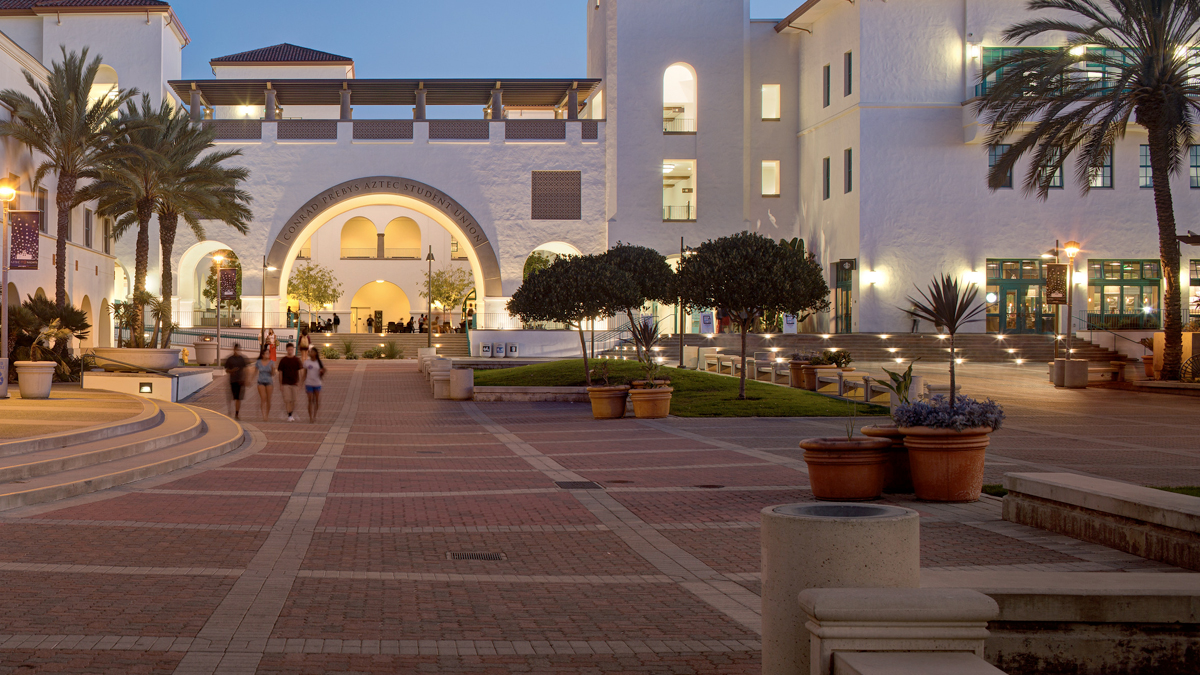Boosting Science and Engineering in Bilingual Classrooms

A pair of faculty members from San Diego State University's Department of Dual Language and English Learner Education are building partnerships to help early-career bilingual educators spark a love for science and engineering in their students.
DLE associate professor Alberto Esquinca and assistant professor Melissa A. Navarro Martell received a $1.2 million National Science Foundation (NSF) grant for their project Support Partnership for New Bilingual Science and Engineering Maestres.
The four-year study is a collaborative effort with the San Diego County Office of Education, San Diego Unified School District and other local educational entities. The partnership, which will offer teachers professional development on delivering equitable science and engineering lessons to multilingual learners, aims to broaden the participation of Latiné students classified as English learners in science and engineering.
“Ultimately, our goal is to support the efforts of the districts to improve the outcomes for children and youth,” said Navarro Martell, a former multilingual learner and bilingual science teacher herself. “Many of the teachers we’ll support were students — like me — who went through the system here in San Diego and were labeled as English Learners. We didn't have a chance to engage with science or engineering ourselves.
“So the biggest impact won’t be in our publications or presentations, but the fact that we're going to be changing the lives of children. To me, that's the big win.”
The project will engage two cohorts of 20 recently-credentialed teachers from 4th through 8th grade classrooms, in professional learning communities. Envisioned as a continuation of the supports they received as DLE credential candidates, each will be paired with a guiding mentor teacher at a partner school.
Supports will be developed collaboratively with districts to fit individual school and community contexts. That might include lesson planning resources around environmental justice topics, procuring supplies and materials or even paying substitute teachers to free up educators to participate in professional development opportunities.
Along the way, the SDSU researchers will study the experiences of bilingual teaching candidates and early-career teachers and how to best support their command of science and engineering subjects.
"It's more than research, as far as we're concerned,” said Esquinca, a sociolinguist who has extensively studied language practices in science and engineering. “We're going to contribute to the knowledge base, yes, but it’s also a goal to create a partnership between DLE and local districts that will endure past the duration of the study.”
Ultimately, Navarro Martell and Esquinca estimate that as many as 1,600 students in bilingual classrooms will be directly impacted.
And the impact could ripple out even further.
“Even though we're focusing on the new bilingual teacher, many others will have access to these lessons that are being developed,” Esquinca said. “That, in turn, can potentially be shared across the entire school and create a bigger impact.”

